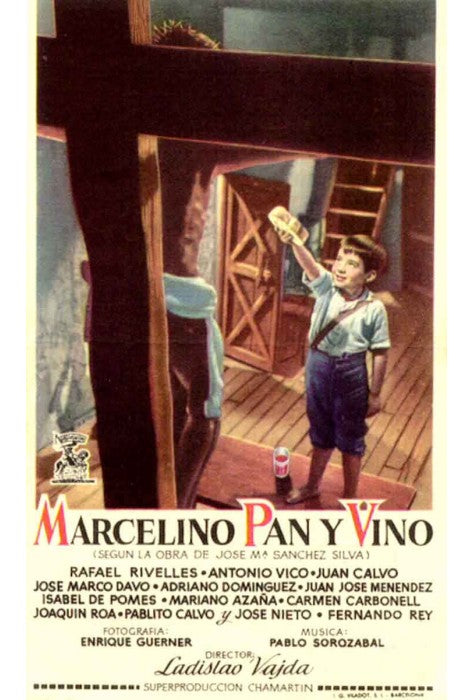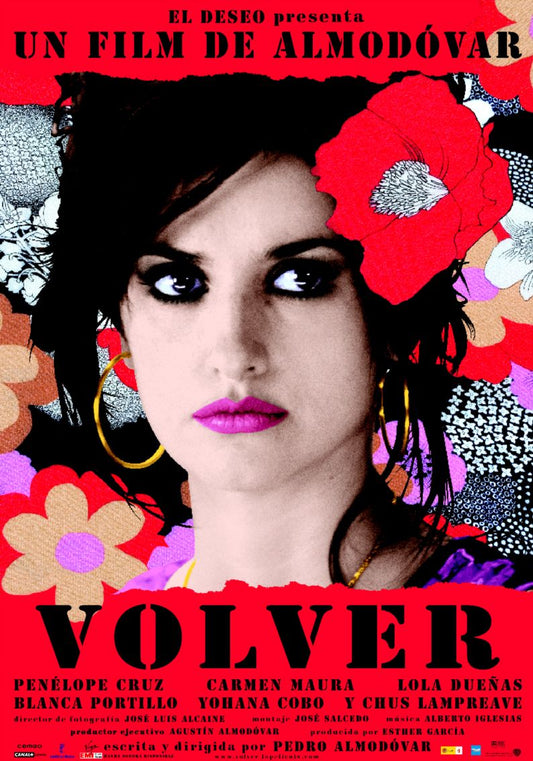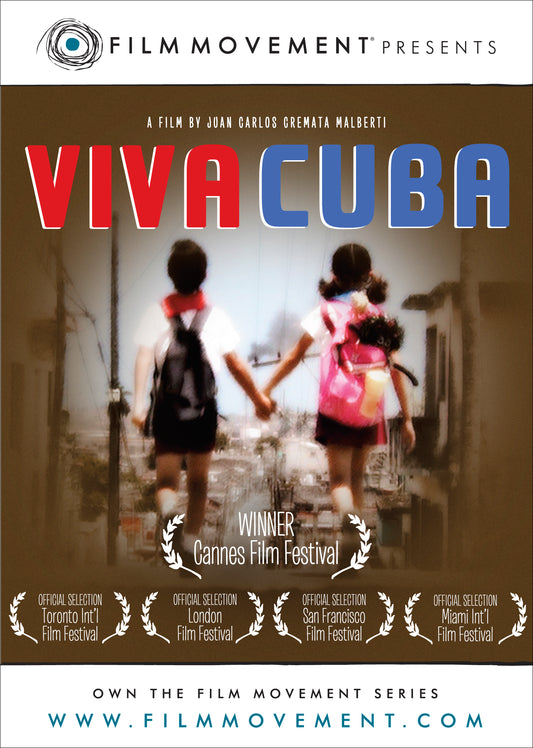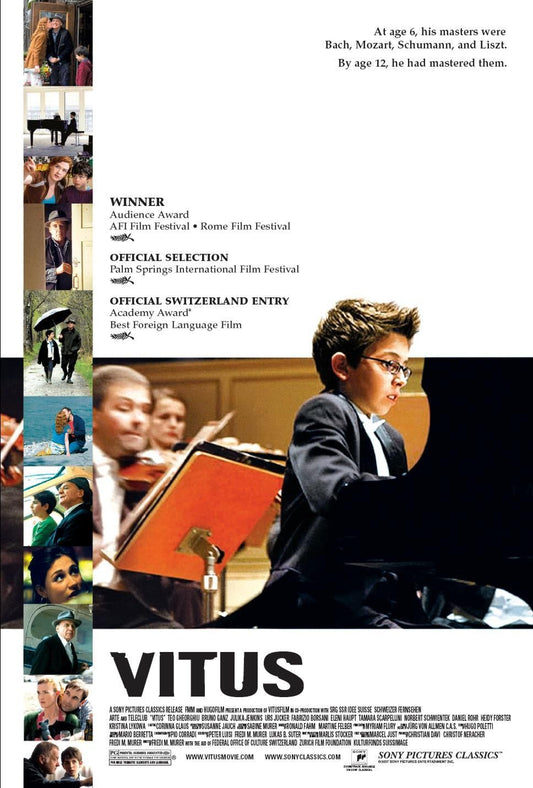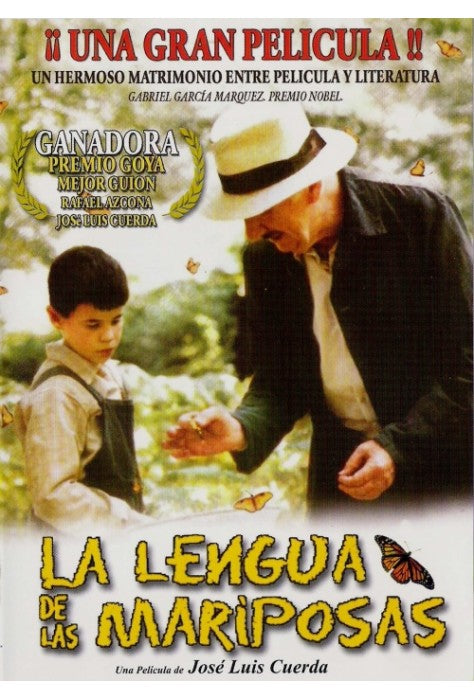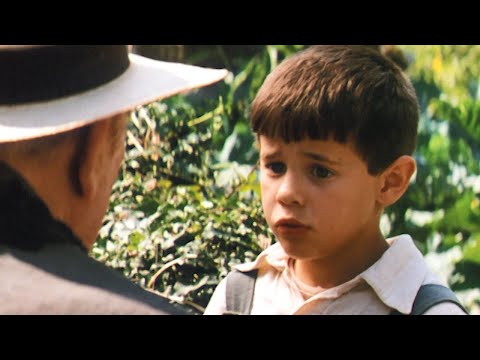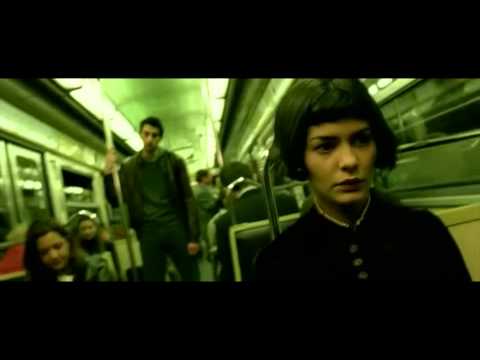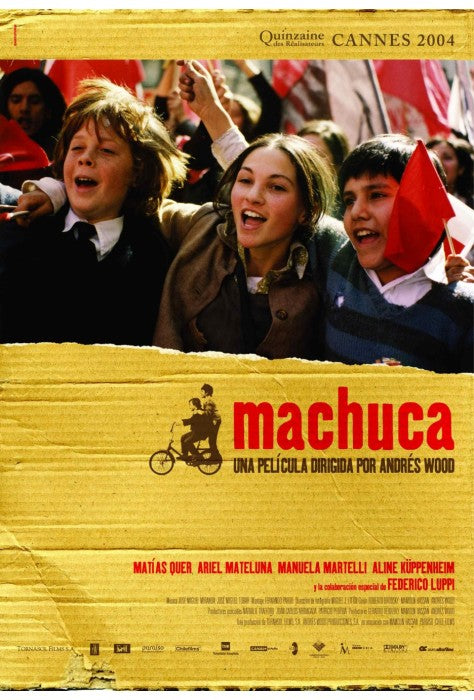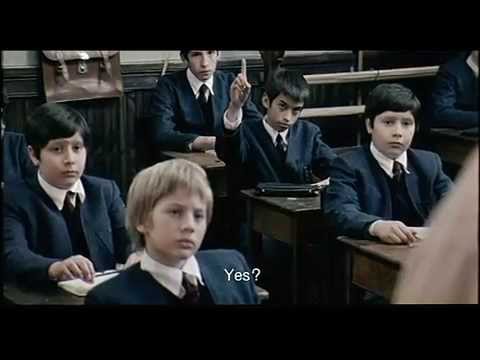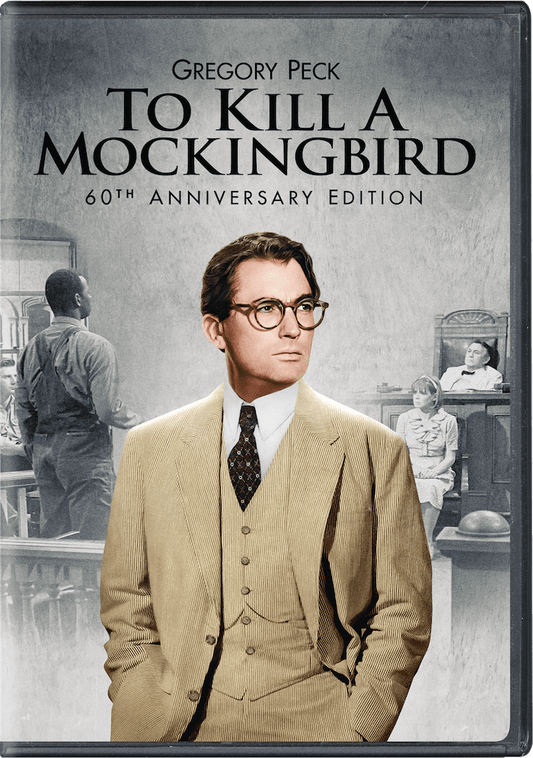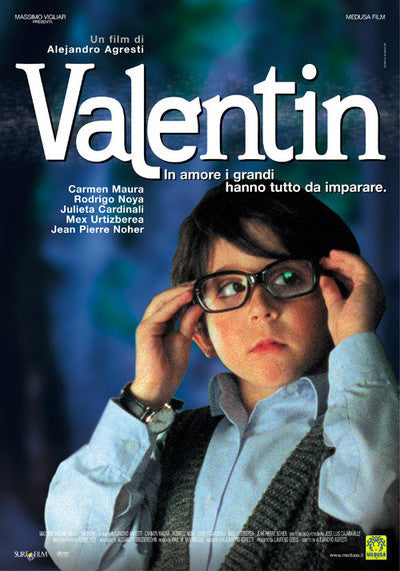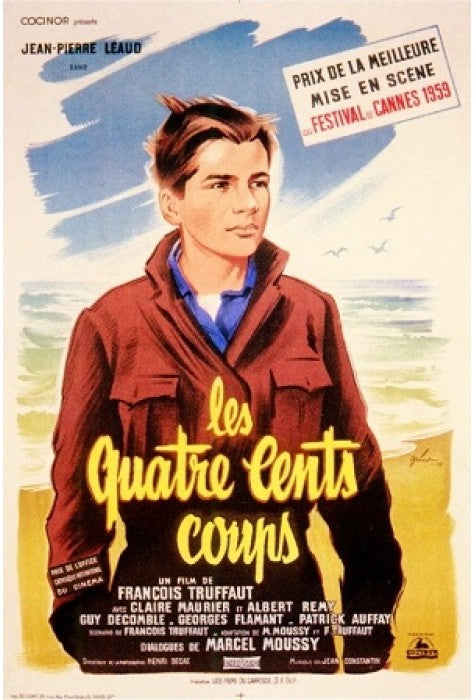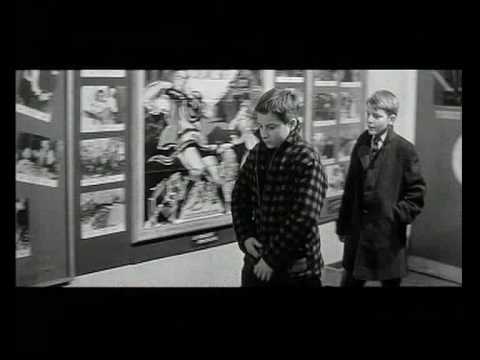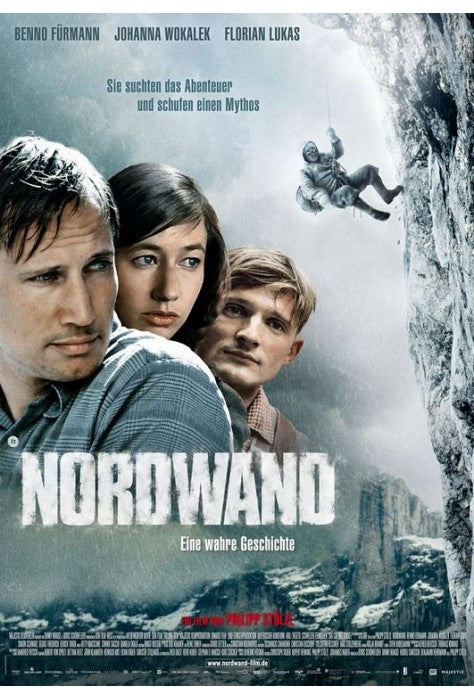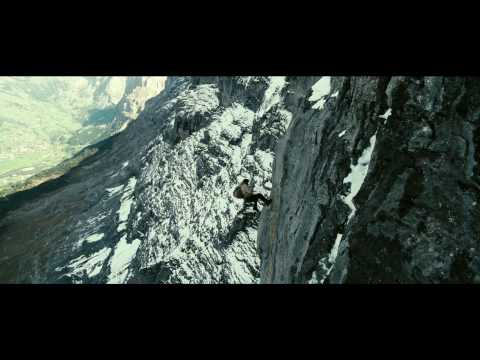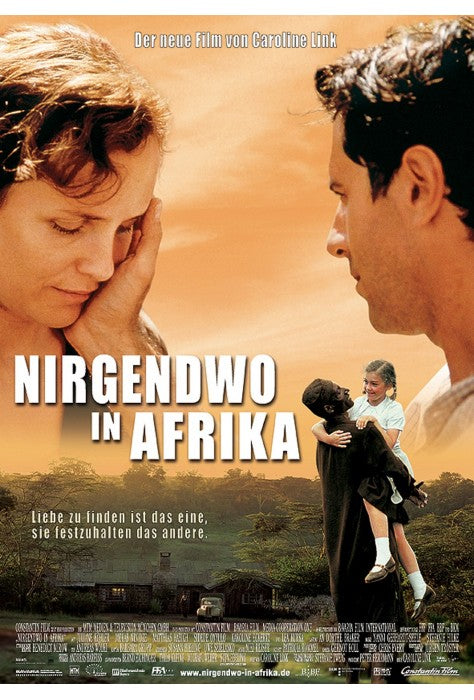Introduction: As Spanish teachers, we continuously seek engaging and educational resources to captivate our students and enrich their learning experience. One such resource is the film "Marcelino, pan y vino" (Marcelino, Bread and Wine), a heartwarming drama that masterfully depicts themes of faith, miracles, and compassion. This film not only entertains but also provides profound lessons on kindness and the power of belief. In this blog, we'll explore the film's themes, its educational value, and how you can effectively integrate it into your classroom using the FilmArobics process.
Exploring the Film: "Marcelino, pan y vino," directed by Ladislao Vajda and released in 1955, tells the story of Marcelino, a young orphan raised by Franciscan monks. Marcelino’s life changes when he discovers a statue of Jesus in the monastery’s attic and begins sharing his food with it. This simple act of kindness leads to a miraculous event that touches the hearts of everyone around him. The film’s touching narrative, beautiful cinematography, and emotional depth make it an excellent tool for teaching Spanish language and culture.
Main Themes and Educational Value: The film is rich with themes that are both universal and deeply connected to its cultural and religious context:
- Innocence of Childhood: The film emphasizes the purity and simplicity of a child's perspective, providing a platform for discussing the importance of innocence and kindness.
- Power of Faith: The story’s exploration of faith and miracles highlights the significance of belief and the impact of spiritual experiences on personal and communal levels.
- Impact of Compassion: The film’s portrayal of Marcelino’s acts of kindness invites discussions about the transformative power of compassion and community.
Using the FilmArobics Process: The FilmArobics process offers a structured approach to integrating films into language lessons. Here’s how you can use it effectively with "Marcelino, pan y vino":
-
Pre-Viewing Activities:
- Vocabulary Building: Introduce key vocabulary from the film to ensure students can follow the story.
- Context Setting: Provide background information about the film’s setting, the role of the Franciscan monks, and the cultural significance of faith and miracles.
-
Viewing Activities:
- Comprehension Checks: Pause the film at intervals to ask comprehension questions and ensure students are following the plot.
- Discussion Prompts: Encourage students to discuss the characters' motivations, the setting, and the themes as they watch.
-
Post-Viewing Activities:
- Cultural Notes: Explore the cultural and religious elements depicted in the film, such as the life of the Franciscan monks and the significance of the miracles.
- Communicative Tasks: Engage students in role-plays or debates based on scenarios from the film to practice their speaking skills.
- Writing Exercises: Assign essays or creative writing tasks that allow students to express their reflections on the film's themes.
Key Dates for Classroom Integration: To enrich your lessons further, consider aligning your activities with significant dates related to the film:
- August 18: Ladislao Vajda’s Birthday - Celebrate the director’s contributions to cinema.
- April 17: Release Anniversary - Reflect on the film's impact and legacy.
- December 25: Christmas Day - Discuss themes of faith and miracles.
- November 1: All Saints' Day - Explore the film’s religious and spiritual themes.
Conclusion: Incorporating "Marcelino, pan y vino" into your Spanish language curriculum offers a unique opportunity to engage students with authentic cultural content. This film not only enhances language skills but also fosters a deeper appreciation for themes of faith, miracles, and compassion. By utilizing the lesson plan crafted by FilmArobics, you can provide a comprehensive and immersive learning experience. Encourage your students to explore the rich tapestry of faith, kindness, and the power of belief. Purchase "Marcelino, pan y vino" today and enrich your classroom with this heartwarming and inspiring film.


